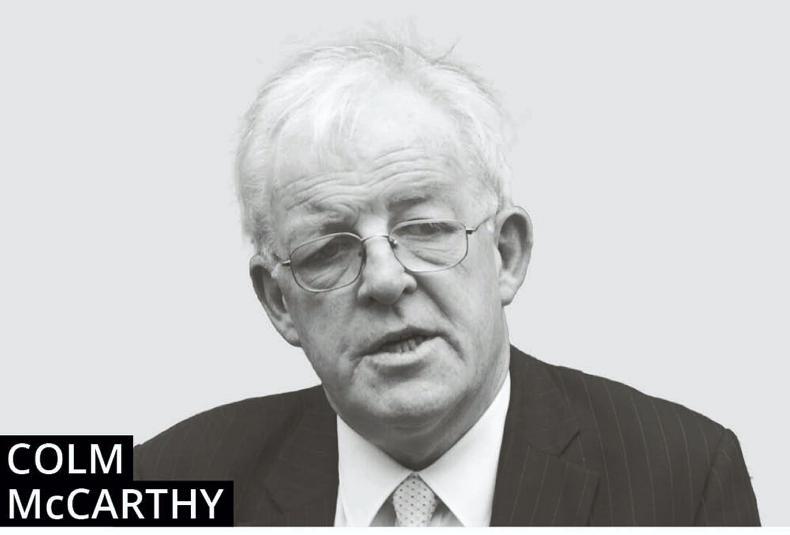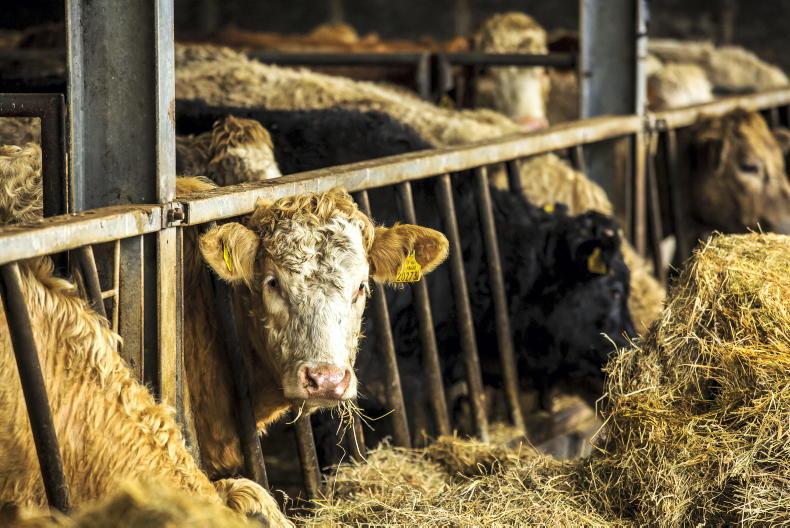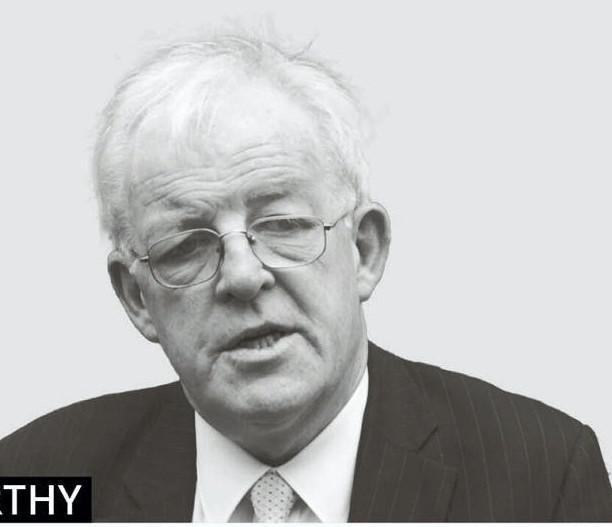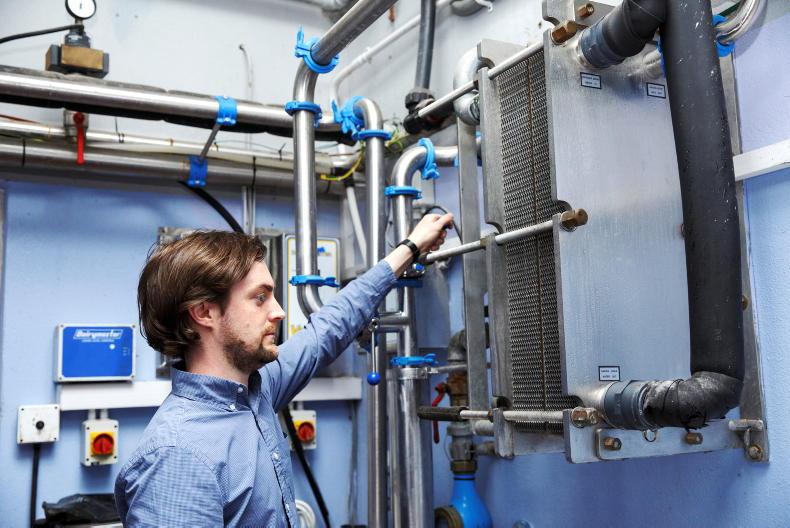“There are not too many people in rural Ireland who can afford €60,000 electric vehicles”, according to Wicklow TD Jennifer Whitmore. There are not too many in urban Ireland either and the total fleet of electric cars has reached no more than 63,000 out of a national total of well over two million.
At the current rate of going, it will take a long time before electrifying the car fleet will have made any worthwhile dent in carbon emissions. Apart from anything else, electricity is far from being decarbonised – most power generated in Ireland still comes from fossil fuels.
On a windless day, driving an electric car does not reduce emissions at all and on a normal day, not by as much as people think. This will not change anytime soon, given the snail’s pace at which onshore wind, the cheapest renewable, is being developed.
Deputy Whitmore’s concern is that the State grant for new electric cars, which are far pricier than conventional petrol or diesel cars, is being availed of mainly by purchasers in better-off urban areas and that high-mileage motorists, found mainly outside cities, are not big buyers.
Dublin city and county, according to CSO data, accounts for 21% of all car-miles travelled in Ireland, even though almost 30% of the population live there. Car ownership in Dublin is lower than in rural Ireland – there are better alternatives, including walking, cycling and public transport – and the average car does a lower annual mileage.
It would be helpful if incentives for electric car adoption could somehow be targeted at high-mileage rural motorists.
Figures from the Sustainable Energy Authority of Ireland (SEAI) show that the reverse is actually the case. The Government, as well as offering a €5,000 subsidy on new electric cars as well as other incentives, provides €600 to any purchaser who wants to install a home charger.
Data on take-up of the home charger grant is available by county from SEAI and shows that Dublin accounts for 36% of the national total. So 36% of the subsidy has been directed at just 21% of the car-miles.
If we set to 100 the national average ratio of home chargers to millions of car kilometres travelled, the figures by county work out like this:
Highest ratio: Dublin 174, Wicklow 150, Kildare 148, Meath 124, Cork 100.Lowest ratio: Tipperary 46, Mayo 41, Monaghan 41, Roscommon 40.In Tipperary, for 82,711 cars with high average mileage, there were just 450 home chargers. Wicklow had fewer cars, just 72,449 and lower average mileage, but had 1,129 chargers. Dublin, the largest county by far, is even further off the chart. If the ideal policy is a silver bullet, guaranteed to hit the target, this bullet is made of jelly and has missed badly.
When the sales figures for electric cars were released last week the motor industry lobby group, SIMI, called for the maintenance of existing subsidies and there were voices calling for an increase.
It is an objective of policy all over Europe to encourage the take-up of electric vehicles, including light vans and buses.
Eventually heavier trucks too may be run on low-carbon fuel, such as hydrogen, since the payload penalty with batteries appears to be very steep. But electric cars are expensive and will stay expensive for many years to come.
Electricity has not been decarbonised and may continue to entail significant carbon emissions in Ireland into the 2030s.
How quickly should the shift to electric cars be embraced and at what cost?
Ireland is, with the United Kingdom, the only country in Europe which drives on the left. It is a small market and the demand for secondhand vehicles has traditionally been met via imports from the UK.
Japan
The alternative is Japan, which also drives on the left and used imports from Japan could make a comeback because of Brexit-related costs.
A current problem is that there is no steady supply of secondhand electric cars, since the UK stock is still modest
A current problem is that there is no steady supply of secondhand electric cars, since the UK stock is still modest. Most Irish motorists are not regular buyers of new cars and the typical acquisition, especially by first-time and younger motorists, is a used model in the €7,000 to €10,000 bracket. There are not enough used electric cars becoming available in the UK in the five-years-old and upwards category, since so few were being sold until fairly recently.
There is not likely to be rapid takeup in Ireland until this situation alters, which eventually it will.
In the meantime, what’s the rush? Would it not be wiser to devote scarce public funds to ensuring a better nationwide coverage of fast-charging venues, the absence of which will prove a greater inhibitor of take-up in high-mileage rural areas?
In the meantime, Jennifer Whitmore is surely right to be sceptical about subsidies for well-heeled urban buyers of expensive new eco-bling.
“There are not too many people in rural Ireland who can afford €60,000 electric vehicles”, according to Wicklow TD Jennifer Whitmore. There are not too many in urban Ireland either and the total fleet of electric cars has reached no more than 63,000 out of a national total of well over two million.
At the current rate of going, it will take a long time before electrifying the car fleet will have made any worthwhile dent in carbon emissions. Apart from anything else, electricity is far from being decarbonised – most power generated in Ireland still comes from fossil fuels.
On a windless day, driving an electric car does not reduce emissions at all and on a normal day, not by as much as people think. This will not change anytime soon, given the snail’s pace at which onshore wind, the cheapest renewable, is being developed.
Deputy Whitmore’s concern is that the State grant for new electric cars, which are far pricier than conventional petrol or diesel cars, is being availed of mainly by purchasers in better-off urban areas and that high-mileage motorists, found mainly outside cities, are not big buyers.
Dublin city and county, according to CSO data, accounts for 21% of all car-miles travelled in Ireland, even though almost 30% of the population live there. Car ownership in Dublin is lower than in rural Ireland – there are better alternatives, including walking, cycling and public transport – and the average car does a lower annual mileage.
It would be helpful if incentives for electric car adoption could somehow be targeted at high-mileage rural motorists.
Figures from the Sustainable Energy Authority of Ireland (SEAI) show that the reverse is actually the case. The Government, as well as offering a €5,000 subsidy on new electric cars as well as other incentives, provides €600 to any purchaser who wants to install a home charger.
Data on take-up of the home charger grant is available by county from SEAI and shows that Dublin accounts for 36% of the national total. So 36% of the subsidy has been directed at just 21% of the car-miles.
If we set to 100 the national average ratio of home chargers to millions of car kilometres travelled, the figures by county work out like this:
Highest ratio: Dublin 174, Wicklow 150, Kildare 148, Meath 124, Cork 100.Lowest ratio: Tipperary 46, Mayo 41, Monaghan 41, Roscommon 40.In Tipperary, for 82,711 cars with high average mileage, there were just 450 home chargers. Wicklow had fewer cars, just 72,449 and lower average mileage, but had 1,129 chargers. Dublin, the largest county by far, is even further off the chart. If the ideal policy is a silver bullet, guaranteed to hit the target, this bullet is made of jelly and has missed badly.
When the sales figures for electric cars were released last week the motor industry lobby group, SIMI, called for the maintenance of existing subsidies and there were voices calling for an increase.
It is an objective of policy all over Europe to encourage the take-up of electric vehicles, including light vans and buses.
Eventually heavier trucks too may be run on low-carbon fuel, such as hydrogen, since the payload penalty with batteries appears to be very steep. But electric cars are expensive and will stay expensive for many years to come.
Electricity has not been decarbonised and may continue to entail significant carbon emissions in Ireland into the 2030s.
How quickly should the shift to electric cars be embraced and at what cost?
Ireland is, with the United Kingdom, the only country in Europe which drives on the left. It is a small market and the demand for secondhand vehicles has traditionally been met via imports from the UK.
Japan
The alternative is Japan, which also drives on the left and used imports from Japan could make a comeback because of Brexit-related costs.
A current problem is that there is no steady supply of secondhand electric cars, since the UK stock is still modest
A current problem is that there is no steady supply of secondhand electric cars, since the UK stock is still modest. Most Irish motorists are not regular buyers of new cars and the typical acquisition, especially by first-time and younger motorists, is a used model in the €7,000 to €10,000 bracket. There are not enough used electric cars becoming available in the UK in the five-years-old and upwards category, since so few were being sold until fairly recently.
There is not likely to be rapid takeup in Ireland until this situation alters, which eventually it will.
In the meantime, what’s the rush? Would it not be wiser to devote scarce public funds to ensuring a better nationwide coverage of fast-charging venues, the absence of which will prove a greater inhibitor of take-up in high-mileage rural areas?
In the meantime, Jennifer Whitmore is surely right to be sceptical about subsidies for well-heeled urban buyers of expensive new eco-bling.










SHARING OPTIONS